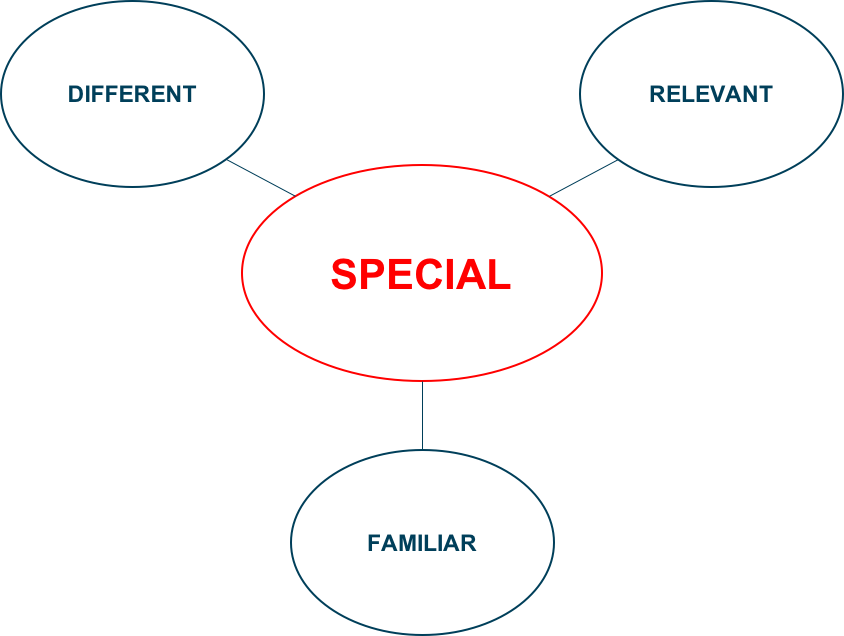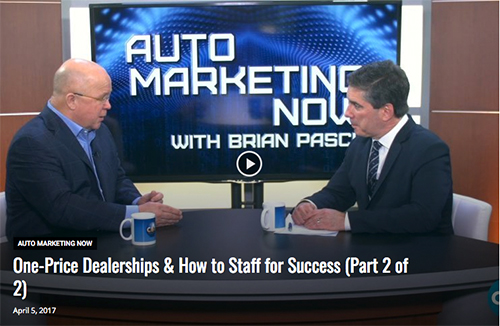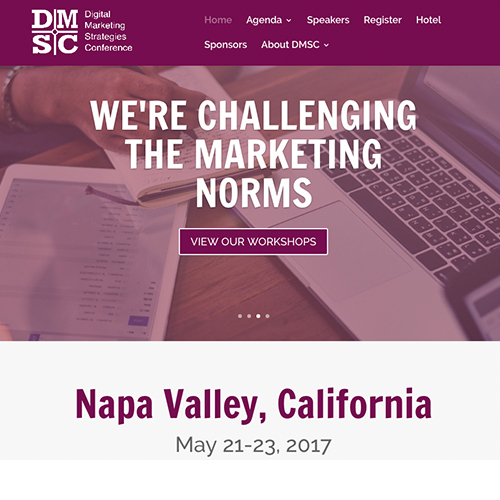
Accountability doesn’t just happen … it’s a learned behavior. It’s a culture that can be developed. Every week I work with dealers to help them transition from a traditional negotiation based sales model to an Upfront Pricing sales model. This entails leading meetings and workshops that take a deep dive into their standard operating processes and procedures. We discuss everything from pay plans to their road to the sale to help uncover areas for improvement. Inevitably during these conversations, one concern or frustration always comes up. “We’re going to need to hold them accountable for that if we are going to be successful.” No matter what the issue is, there is always a realization that they are not doing a good job of holding their employees accountable for day to day job responsibilities. This leads to continuous break downs in process often followed by a myriad of “band-aids” aimed at correcting the root of the problem.
So how can you create a Culture of Accountability in your dealership? There are four main areas you should look at first.
Job Descriptions
When was the last time you dusted off your dealerships job descriptions and took a look at what was written on them? When were they written? If I were a betting man (and I am), I would guess most of them were written five, ten or even twenty years ago. A lot has changed since then! Do you know that the number one complaint of employees is not related to pay? It is that many have no idea what their daily responsibilities are, much less what encompasses success. If you’re like most dealers, your Job Descriptions were written by someone in HR or perhaps a Sales Manager with little attention being made to the actual job responsibilities. Most dealers use them out of necessity, not as a tool for success. Successful dealers use Job Descriptions as a tool to Coach, Lead and Mentor their salespeople. A well written Job Description should include two main parts: Checklist of daily responsibilities and Experience/Attributes desired in an applicant. When written correctly, it will serve as a valuable tool for the dealership to hold employees accountable.
One-on-Ones
How often do you sit down with your Salespeople and conduct one-on-ones? Daily? Weekly? Monthly? Challenge yourself and your Sales Managers to take 5-10 minutes every morning for each salesperson. Make sure your receptionist is aware that you are not to be interrupted during this time except for emergencies. In addition, put your cell phone away, avoid answering calls and by all means don’t check your email. This is uninterrupted time for you and that Salesperson. You should be prepared for these meetings and the Salesperson should be prepared as well. Develop an agenda that can be used repetitively so everyone knows what will be accomplished. During this meeting, you are responsible for Coaching and Mentoring them … not Managing. In other words, don’t just review their performance for the current month. Spend this time helping them improve their skills. Focus on whatever they need to do differently to get better results.
Checklists and Measurements
Someone much wiser than me penned the quote “What gets measured gets done”. There couldn’t be any truer words as it relates to the car business. Is your dealership incorporating daily, weekly and monthly checklists and measurements for your employees? This includes your Management team as well as your Salespeople. Develop a checklist for each position and hold them responsible for completing each of their tasks. When these are being checked daily during One-on-Ones, it improves the odds for creating consistency and the culture of Accountability.
Training
I know … I know … you’re really busy. You try to train, but there just isn’t enough time in the day to do everything. The first thing that falls to the wayside is usually Training. What if I told you that you could spend only 15 minutes a day with your team and greatly increase your bottom line sales results? Could you find that kind of time? I’m sure you could. The problem with Training is that it takes effort. You can’t just stand in front of a group of Salespeople and talk to them for 15 minutes and expect to drive great results. You have to plan and prepare for each session. So, I would encourage you to look into training resources that you already have or invest in material from a third-party that you can use.
In the end, it all comes down to you. How committed are you to implementing the necessary changes to create a Culture of Accountability? If you are committed to the necessary changes, you will definitely be rewarded for your efforts. Oh yeah … and your employees may just thank you.





